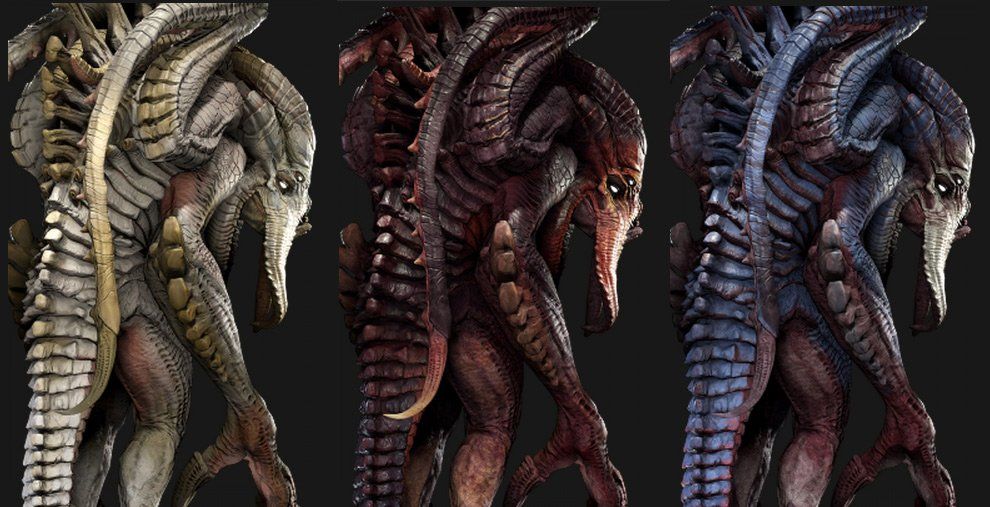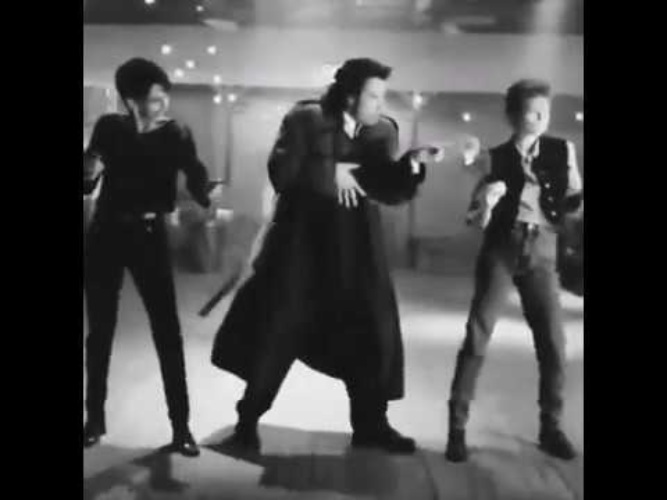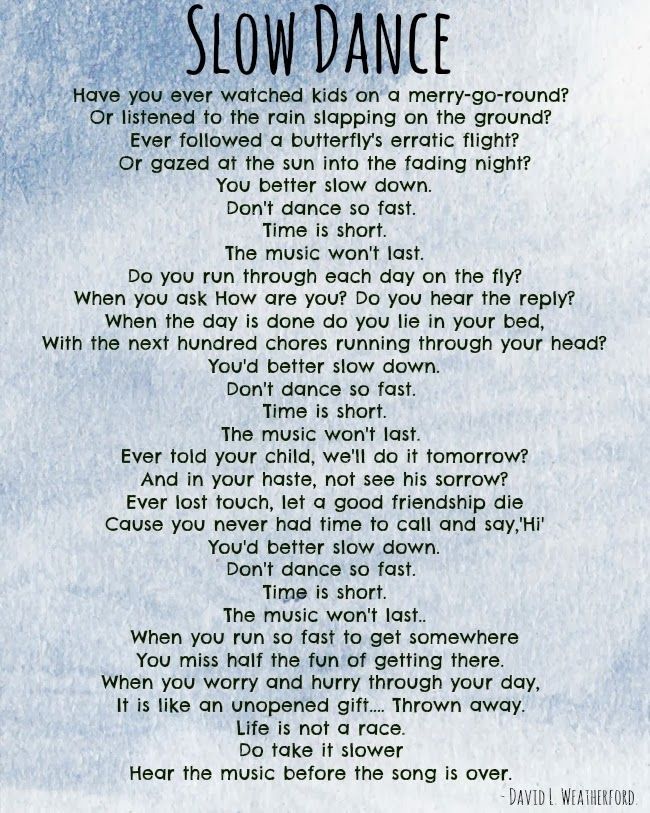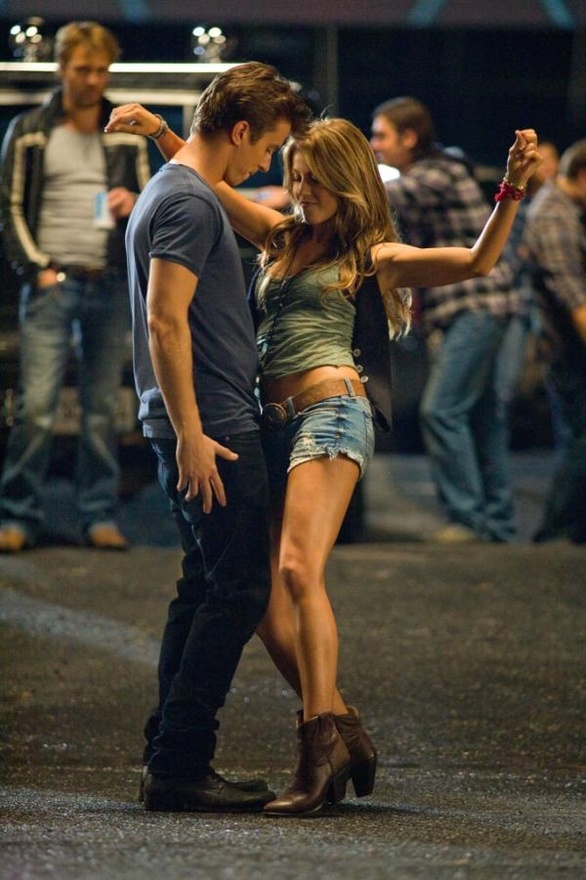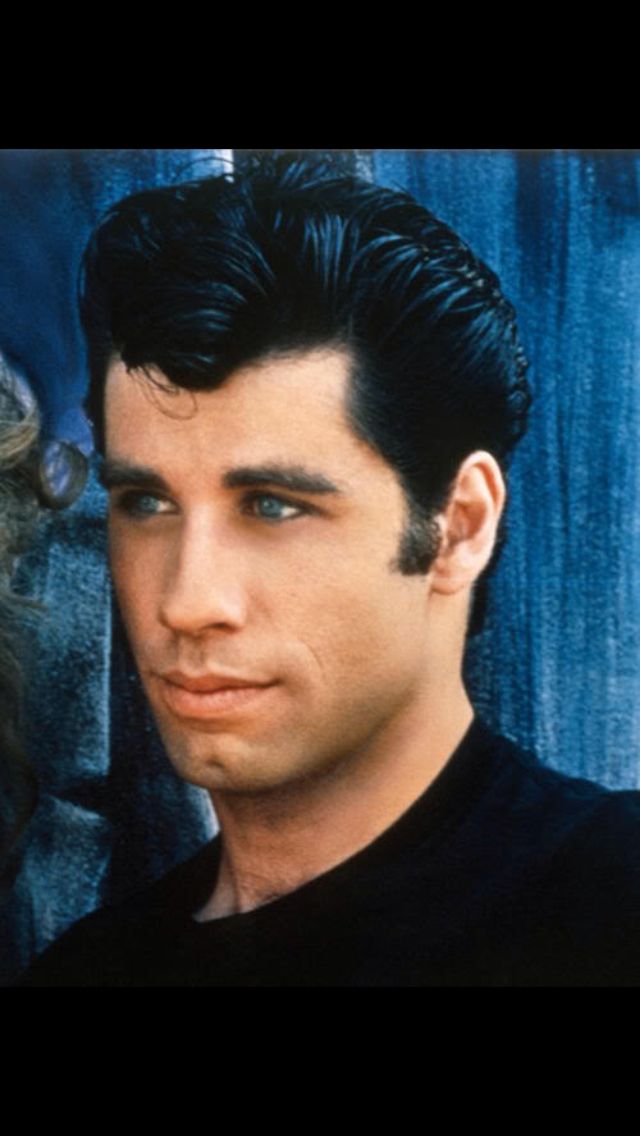How to dance like a caribbean
Guide to caribbean dances : SuzyFitness
In recent years i’ve been learning many kinds of dances, standard, latin but i feel the caribbean dances are closest to me.
There’s no better thing when someone find that activity in what can be a passion in life. It’s a cheerful feeling to move a good fiery rythim music especially if we have a good dance partner and we can know movements in itermediate level at least.
We need lot of practice to get there. But in exchange to tiring work we get exciting experience and it’s a good feeling to see the result.
Don’t forget: dance is not only a movement but the feeling of life!
I give an insight to the most famous caribbean dances in our country. And someone who haven’t decided get some help what kind of dances can try.
Beside the short descriptions of dances i attached a few teaser videos from my favourites.
I suggest we need to start learning with cuban salsa because this dance is the most easy to learn, the most popular here and after we can learn easier the others.
Many dance schools and clubs are here, we can go to workshops, we can practice at dance nights. In Budapest and other larger cities we can find an oppurtunity almost every day. The schools where i learned the most: SalsAmor, RonaldoDance, Zouk Passion Club. My favourites party places for example: E10 and Orfeum and one of my greatest experience was the Canada Zouk Congress.
Cuban salsa
Salsa originally means spicy sauce. This piquant, nice feeling is characterized the salsa music and dance as well.
This cheerful folk dance of Cuba comes from Son. The songs are usually spanish. In the orchestra there are many rhythm and percussion instruments.
It has many step variations and if we know more and more new movements, the joy of dance is improving. We can decorate our dance with many rotations and little nice movements. It gives enjoyable sight from outside. At the teaching is important to improve the characteristic, nice moves and the movement culture.
Cubans who live in Hungary started to teach this dance first. Beside many schools and parties are famous the original latin-american clubs too.
Los Angeles salsa style
It’s different from Cuban style because here the boy leads the girl on a line. It’s a kind of show dance, there are more acrobatic style elements and it’s elegant. In the instrumentation there are lot of wind insrtuments and piano and other solos of instruments.
New York salsa style
Also is a linear danced salsa.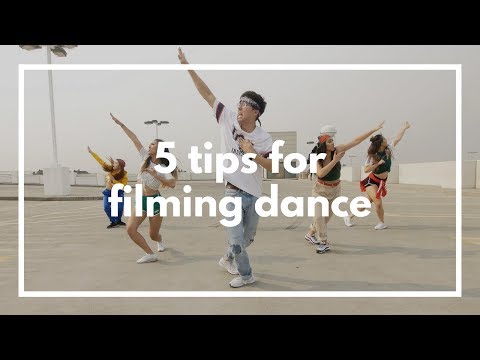 It’s different from Los Angeles style because the dancers start the step to the second beat like in the classical mambo. Quick pirouettes and sophisticated leg technology are there. It’s similar to Puerto Rican salsa, but it’s not so famous here.
It’s different from Los Angeles style because the dancers start the step to the second beat like in the classical mambo. Quick pirouettes and sophisticated leg technology are there. It’s similar to Puerto Rican salsa, but it’s not so famous here.
Colombian salsa is unknown here, it’s totally different than others. Fiery and elegant with ultra-fast footwork.
Rueda (Rueda de casino)
This is the popular circle dance of salsa dancers which based on the basic cuban movements, therefore it gives success to beginners. The pairs are in a circle and the teacher leads the figures with a sound and hand sign. The couples are changing and moving around.
If you want more about the history of salsa, i suggest you the page of Levente Szőnyi.
Merengue
It’s origin in Haiti and Dominica, comes from the black slaves circle dance. It’s cheerful dance with fast-pased small steps and many turnings. And it characterized by hip movements. The music is pulsating.
Bachata
It’s a dominican folk dance. In the origin the many footworks are very important and also the special, fast, small step combinations. Later in America and Europe it formed other styles too for example dominikai bachata, bachatango, bachata moderna, bachacha, black bachata. It’s a relaxed paced dance. The basic movements are easily learned. It’s most famous features are the strong and pnctual hip lifting in the end of the rhytm and the billowy body moving. The couple is close to each other, so it’s intim and sensual. It’s music is softer than salsa’s and the guitar is very important in that.
It’s a relaxed paced dance. The basic movements are easily learned. It’s most famous features are the strong and pnctual hip lifting in the end of the rhytm and the billowy body moving. The couple is close to each other, so it’s intim and sensual. It’s music is softer than salsa’s and the guitar is very important in that.
bachata
bachatango
dominikai bachata
black bachata
Semba
It’s a couple dance. The hand leading is important too beside body leading. The dancers are close to each other and beside the constantly walking they motive their dances with many tricks, cheerful and surprising movements. It’s music is the firey, traditional Angolan music.
Kizomba
t’s relatively a young dance but already it has more styles (for example taraxa, kuduro, passada).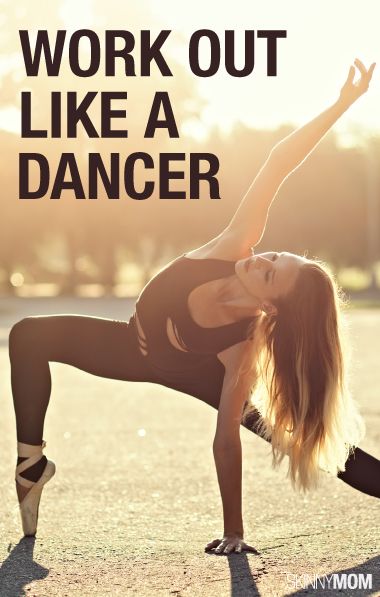 It comes from Semba but it was influenced by other Angolan folkloric elements. It’s step movement technic is afro and it’s leading technic is similar to Argentin tango. The dancers are dancing with tight torso, slightly bent knees and loose hip. It’s a passioate, intim dance. The couple is very close to each other. It’s music is the traditional Zouk mixed with african music.
It comes from Semba but it was influenced by other Angolan folkloric elements. It’s step movement technic is afro and it’s leading technic is similar to Argentin tango. The dancers are dancing with tight torso, slightly bent knees and loose hip. It’s a passioate, intim dance. The couple is very close to each other. It’s music is the traditional Zouk mixed with african music.
More details from Kizomba’s styles ont he website of Kizomba Club Hungary and Latinfo.
Zouk
Zouk comes from Haiti, Martinique, and the dance of Lambada. It has more styles, for example Zouk moderno, the faster Lambazouk, the slower Zouk Love but the most famous is the brazilian Zouk.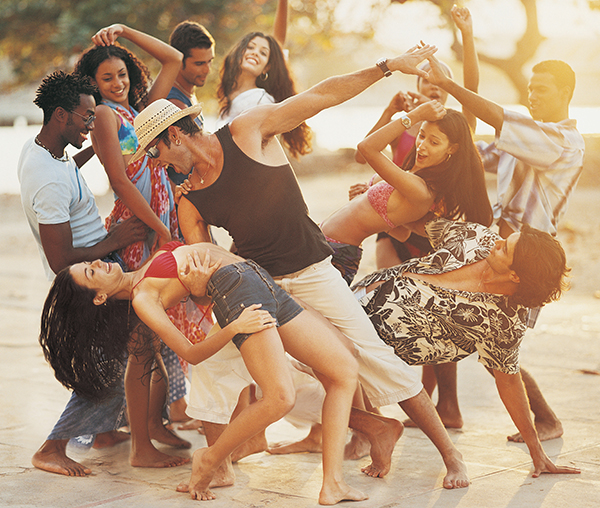 I prefer it because that is the most varied danced style: we can dance close to each other but it has also big movements. The man leads the girl with his whole body. The movements are lively and the head circles are important for girls. Emotional, pasionate and creatice dance so it’s a self-expression to the dancer and an aesthetic experiance to the viewer. It’s music is also varied, the rhytm of the slow-quick-quick-slow and it’s also pronounced in the music. In the French area it is popular too so it’s music beside Portuguese is often French but we can dance it to the lately popular English language songs too.
I prefer it because that is the most varied danced style: we can dance close to each other but it has also big movements. The man leads the girl with his whole body. The movements are lively and the head circles are important for girls. Emotional, pasionate and creatice dance so it’s a self-expression to the dancer and an aesthetic experiance to the viewer. It’s music is also varied, the rhytm of the slow-quick-quick-slow and it’s also pronounced in the music. In the French area it is popular too so it’s music beside Portuguese is often French but we can dance it to the lately popular English language songs too.
More details are ont he website of Zouk Passion.
Samba de Gafieria
It’s an authentic brazilian dance, elegant and creative, it is full of vitality, playful with freshness.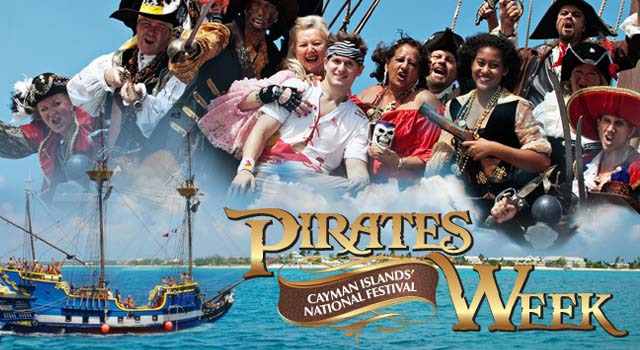 It based on the rhythm of Semba with a little bit of Salsa and Tangó beside the carnival Samba.
It based on the rhythm of Semba with a little bit of Salsa and Tangó beside the carnival Samba.
Reggaeton
It is based on Panamanian reggae with dancehall and Latin-American style. Dynamic, improvisational dance with many waves and hip movements. It can be danced alone it is good for acrobatic choreographies too.
Lady’s style, Man style
These lessons are held in separate to male and female dancers. Its goal is that in the caribbean dances at solo parts – when the couple is dancing alone for a little time – they not just use the basic steps but learn to motivate steps with hand and leg movements. Beside that it can be makes the dance nicer if we know the motivate things and we can variate our dance depending on the music and the leading of the partner.
Its goal is that in the caribbean dances at solo parts – when the couple is dancing alone for a little time – they not just use the basic steps but learn to motivate steps with hand and leg movements. Beside that it can be makes the dance nicer if we know the motivate things and we can variate our dance depending on the music and the leading of the partner.
Finally i suggest the page of Latinfo for the searching of dance shools and dance events.*
I WISH EFFECTIVE LEARNING AND HAVING FUN!
Mentés
2020. április 15.Latin American dance | History, Styles, & Facts
Aztec round dance
See all media
- Related Topics:
- tango juego de los voladores samba rumba conga
See all related content →
Latin American dance, dance traditions of Mexico, Central America, and the portions of South America and the Caribbean colonized by the Spanish and the Portuguese. These traditions reflect the distinctive mixtures of indigenous (Amerindian), African, and European influences that have shifted throughout the region over time.
These traditions reflect the distinctive mixtures of indigenous (Amerindian), African, and European influences that have shifted throughout the region over time.
This article surveys selected genres of dance across the vast and diverse region of Latin America. After a brief consideration of dance in preconquest cultures (for further treatment, see Native American dance), the narrative turns to the profound influence on dance practice of the European-imposed Roman Catholic Church and its calendar of festivals and commemorations. At the same time, imported elite dance practices became part of the colonial cultures and were in turn infused with local and regional flavours. From the 19th century on, national variations have asserted themselves throughout dance practice in Latin America and in the Latino cultures of North America. (Latin American music shows a similar path of development; a great deal of the region’s nonclassical music, both vocal and instrumental, accompanies or shares a history with dance.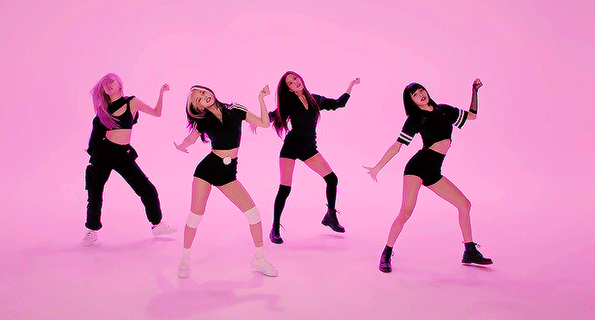 )
)
Although the article discusses theatrical derivatives of traditional dance (which are often grouped under the name folklórico) because of their visibility and importance in the region, not included are international forms of concert dance, such as ballet and modern dance. After a chronological survey of broad trends, with examples, the article focuses on individual countries. Haiti, which was colonized by the French, is included in this article because it shares important African-derived ritual practices with Brazil and Cuba and because its history is entwined with that of the Dominican Republic. Perhaps needless to say, this article can only skim the surface of such a vast topic.
From encounter to independence
On their arrival in the Western Hemisphere in the late 15th and early 16th centuries, explorers from the Iberian kingdoms of Portugal and Castile (Spain) encountered peoples—even entire empires—previously unknown to Europeans. A few of the Europeans wrote about the music and dance practices they observed during ritual festivals among the local populations. The indigenous populations were decimated by disease, forced labour, and warfare, and their history was disrupted. In the Caribbean very few indigenous people survived, but on the mainland significant populations managed to preserve their communities.
The indigenous populations were decimated by disease, forced labour, and warfare, and their history was disrupted. In the Caribbean very few indigenous people survived, but on the mainland significant populations managed to preserve their communities.
Some early dance history can be inferred from the archives and from what seem to be continuous practices. For example, creation stories were a common aspect of indigenous spiritual practice, and their telling often incorporated dance as a vital element. Natural forces (i.e., gods and goddesses) and animal spirits were honoured or represented as dramatic actors; dance rituals were often meant to forestall or explain cataclysmic events. The great civilizations of the Aztec and Inca (like the Roman Catholic Church of their conquerors) organized time according to complex ritual calendars, and dance was essential in their communal ritual life.
The dances of the Aztec were precisely structured and executed. Priests trained young people in the movements of the ritual dances and organized the ceremonies into massive arrangements of dancers who moved in symbolic geometric patterns.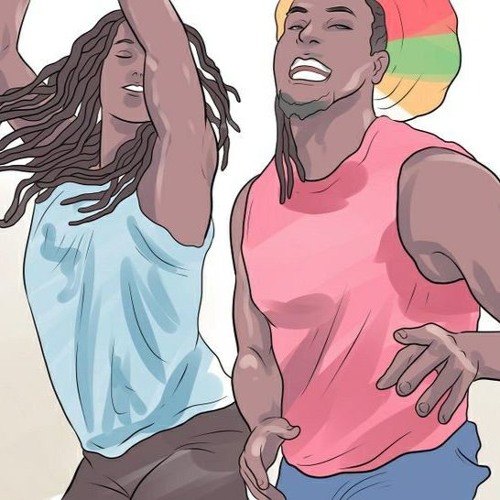 Combat was a major theme that featured male dancers: weapons in hand, individuals or groups of dancers enacted struggles between gods or between military units such as eagle warriors and jaguar warriors. Dances could last more than a day to test the warrior-dancers’ endurance and commitment. In some ceremonies dancers moved in columns to represent revolving astral bodies in their annual and millennial circuits; in others they represented planters working in looping zurcos (furrows). In the danza de los voladores (“dance of the fliers”), one of the few surviving preconquest dances of Mesoamerica, traditionally four fliers (dancers) who are suspended upside down from the top of a tall pole make 13 revolutions for a combined total of 52; in the Nahuatl belief system of the Aztec and Toltec peoples, 52 years make a “year-binding,” or xiuhmolpilli.
Combat was a major theme that featured male dancers: weapons in hand, individuals or groups of dancers enacted struggles between gods or between military units such as eagle warriors and jaguar warriors. Dances could last more than a day to test the warrior-dancers’ endurance and commitment. In some ceremonies dancers moved in columns to represent revolving astral bodies in their annual and millennial circuits; in others they represented planters working in looping zurcos (furrows). In the danza de los voladores (“dance of the fliers”), one of the few surviving preconquest dances of Mesoamerica, traditionally four fliers (dancers) who are suspended upside down from the top of a tall pole make 13 revolutions for a combined total of 52; in the Nahuatl belief system of the Aztec and Toltec peoples, 52 years make a “year-binding,” or xiuhmolpilli.
Get a Britannica Premium subscription and gain access to exclusive content. Subscribe Now
Ritual contexts
The institution of the Roman Catholic Church—with its rituals, doctrines, and ways of looking at the world—accompanied the Iberians to the New World and was integral to the functioning of the viceroyalties in New Spain (based in Mexico; 1535–1821) and Peru (1542–1824), which between them administered the colonial territories of the Spanish. After the military conquest, religious music, dance, processions, and festivals became tools of cultural transformation and social control. Catholic priests and monks—Jesuits, Franciscans, Dominicans, Carmelites, Augustinians—allowed, even encouraged, indigenous dancers to continue their rituals, modified to incorporate Catholic saints and ideas in place of their own. The indigenous peoples adapted their own rich calendar of public festivals to new uses and new places. Into the present day, ancient ritual dances echo in the yearly observances that take place in front of churches and at other sacred sites, especially as part of the patronal fiestas, the festivals in honour of a town’s (or country’s) patron saint.
After the military conquest, religious music, dance, processions, and festivals became tools of cultural transformation and social control. Catholic priests and monks—Jesuits, Franciscans, Dominicans, Carmelites, Augustinians—allowed, even encouraged, indigenous dancers to continue their rituals, modified to incorporate Catholic saints and ideas in place of their own. The indigenous peoples adapted their own rich calendar of public festivals to new uses and new places. Into the present day, ancient ritual dances echo in the yearly observances that take place in front of churches and at other sacred sites, especially as part of the patronal fiestas, the festivals in honour of a town’s (or country’s) patron saint.
In Roman Catholic countries around the world, nonliturgical Carnival celebrations mark the last-chance merrymaking that occurs during the weeks before Ash Wednesday, the day that begins the austere 40-day period of Lent; in many parts of Latin America, Carnival parades feature exuberant group dances.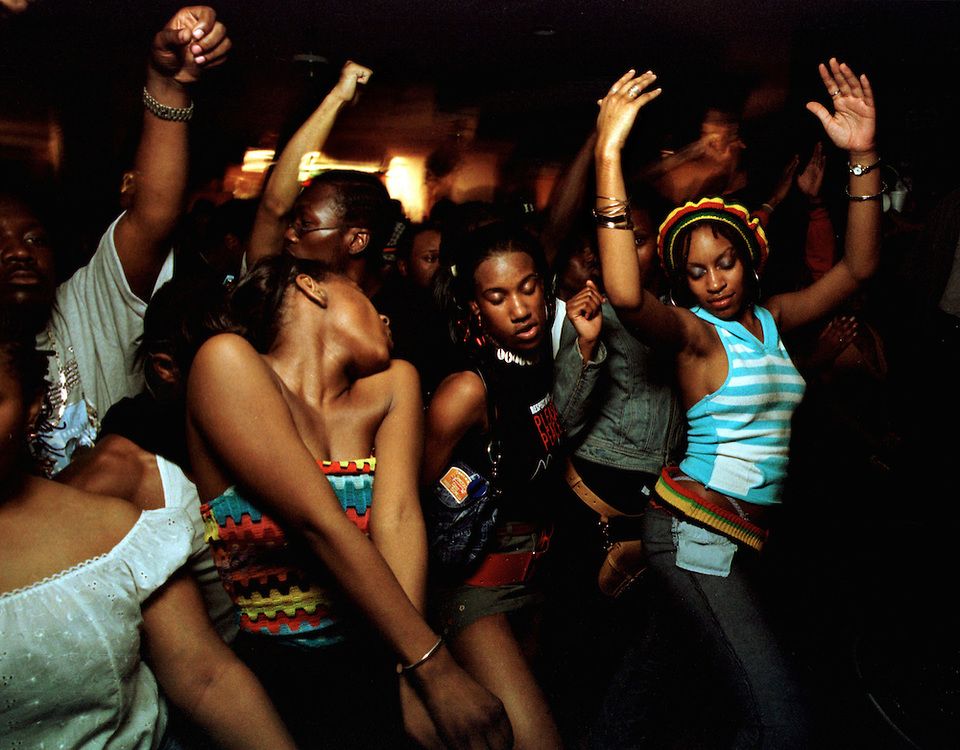 As in the religious pageants, fantasy and elaborate costuming allow the Carnival dancers to become the “other” and to use dance as a means of escaping the anxieties of everyday life.
As in the religious pageants, fantasy and elaborate costuming allow the Carnival dancers to become the “other” and to use dance as a means of escaping the anxieties of everyday life.
Perhaps the most widespread dance ritual of Latin America derives from the dance of Moors and Christians (la danza de Moros y Cristianos), which was performed at major religious festivals in medieval Spain. The dance was based on an older form of religious street theatre, autos sacramentales (“mystery plays”), portrayals of the competition of forces of good and evil. In the 8th century Moors had brought Islam to Spain from North Africa, and Christians in Spain fought to regain ground until 1492, when the houses of Aragon and Castile expelled the remaining Muslims. (For more on that period, see Spain: Christian Spain from the Muslim invasion to about 1260.) After the dance-drama was imported to Mesoamerica and Peru in the 16th century, the oppositional forces in it were refashioned to cast the Spanish (good) against the Indians (bad). Although the danza de los Moros y Cristianos exists throughout Latin America, it is known by a variety of names, including danza de la conquista, danza de los Moros, marujada (in Brazil), and danza de Santiago.
Although the danza de los Moros y Cristianos exists throughout Latin America, it is known by a variety of names, including danza de la conquista, danza de los Moros, marujada (in Brazil), and danza de Santiago.
Blended rituals such as la danza de la conquista became part of colonial religious festivals. Theatrical enactments of the conquest, or farsas de guerra (“war farces”), played a prominent role in entertaining and enculturating colonial populations. In Mexico the entertainments became known as mitotes (from the Nahuatl mitotia, “to make dances”). Mitotes drew upon both Spanish dramatic action, which featured lengthy sections of dialogue, and the Aztec and Chichimec Indian tradition of using divided bands of enemies to represent the central theme of battle.
The conquest dances were taken to Spain and performed for elite audiences. Although their popularity faded in Spain during the 17th century, these spectacles became models for further ritual dances in the New World. July 25 marks the feast day of St. James (Santiago, Spain’s patron saint) throughout Spanish-speaking Latin America. For this major festival, many local traditions included dances to commemorate ancient battles between opposing forces. Dances of los vejigantes in Puerto Rico and los tastoanes in Mexico are prominent examples. In both festivals there are representations of Spanish horsemen and masked figures representing African slaves or members of the indigenous resistance.
July 25 marks the feast day of St. James (Santiago, Spain’s patron saint) throughout Spanish-speaking Latin America. For this major festival, many local traditions included dances to commemorate ancient battles between opposing forces. Dances of los vejigantes in Puerto Rico and los tastoanes in Mexico are prominent examples. In both festivals there are representations of Spanish horsemen and masked figures representing African slaves or members of the indigenous resistance.
Upper-class immigrants from Europe brought with them their fashionable social dances (los bailes de salón). The aristocracy of the viceroyalties kept up with a succession of popular European dances. These included open-couple dances, in which couples generally did not touch—such as minuet, allemande, sarabande (zarabande in Spanish), chaconne, galliard, pavane, and volta. The interdependent-couple contredanse (contradanza in Spanish) and its variations (quadrille, lancer, and cotillion) were developing during the 17th century. Such choreographed dances of intricate geometries originated in Europe before sweeping quickly through Latin American ballrooms and dance salons during the 18th century. The fashion caught on across the social spectrum; for example, indigenous dancers in northeast Mexico adopted the contradanza into their ritual expression of the matlachines dance.
Such choreographed dances of intricate geometries originated in Europe before sweeping quickly through Latin American ballrooms and dance salons during the 18th century. The fashion caught on across the social spectrum; for example, indigenous dancers in northeast Mexico adopted the contradanza into their ritual expression of the matlachines dance.
Contradanzas and quadrilles remained common throughout Latin America and the Caribbean in the early 21st century. Their characteristic interlacing lines, bridges, circles, and grand right-and-left patterns are easily recognized in hundreds of dances. In the Caribbean, contradanzas and quadrilles included the bélè, belair, and belén, as well as kadril and numerous other variants of quadrille. In northeastern Brazil they became quadrilhas, the traditional dances for the festival of St. John the Baptist (São João) on June 24; the dances remained popular in the Northeast, and into the 21st century quadrilha competitions occurred on the state and national level.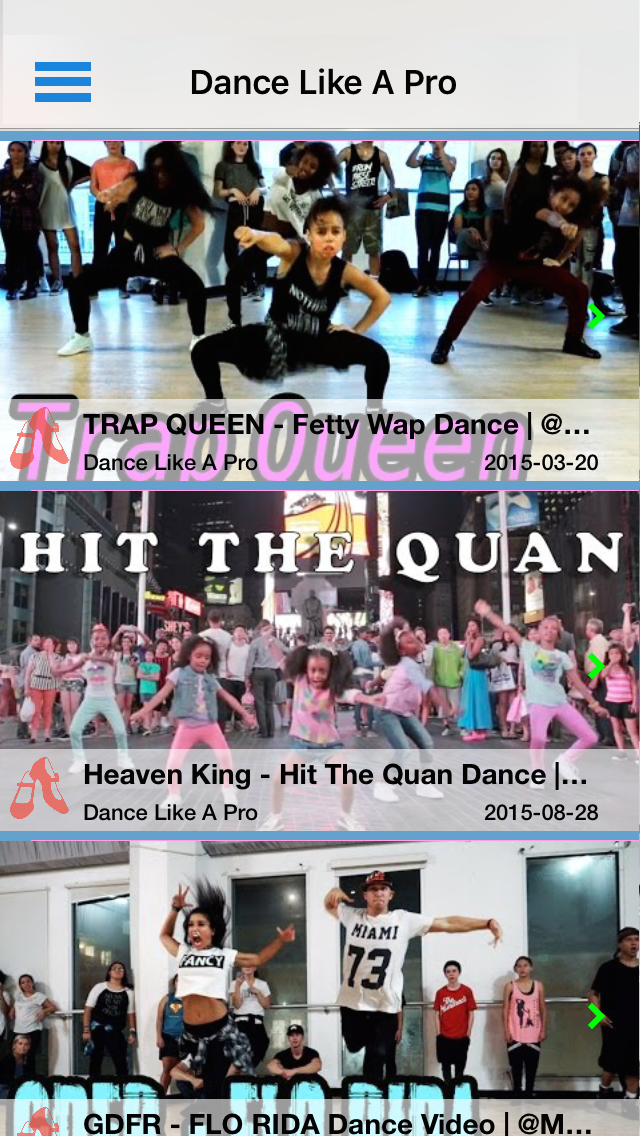
As struggles for independence roiled Latin America during the 19th century, closed-couple dances, specifically the waltz, schottische, and polka, became fashionable in elite society. In closed-couple dances the partners touch most of the time; as a result, these dances were considered rebellious acts of sexual immorality. In addition the new couple dances were distinctive because each couple could choose steps from a range of possibilities. With the passage of time, these social dances became commonplace and their intimacy more accepted. The dances migrated to the countryside, where most of the people of African heritage lived. African-influenced hip movements—which could be seen as sexually suggestive—were incorporated into the dances, and they again transgressed the Roman Catholic Church’s standards of morality.
Caribbean dances - La Danse
Caribbean dances - La Danse The Spanish word "salsa" is similar to the Russian translation of "sauce".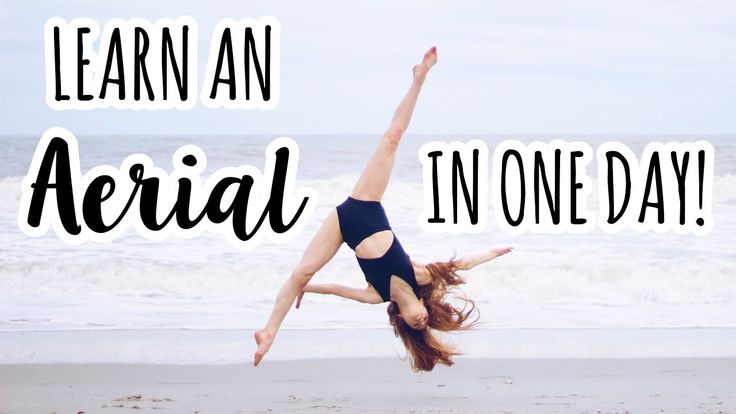 The Caribbean hosted countries that gave the world a chic dish - life, generously seasoned with Caribbean dance sauce! Their relevance today is manifested in their accessibility and in the fact that, for example, salsa is danced both in pairs and in a group (not without reason, the birthplace of Salsa is the USA and Latin America). Rate these dance lessons as an introductory course to the main directions presented in the Dance Club of St. Petersburg "La Danse" What you need in order to learn to dance: Only the desire to move and hear the rhythm of your partner in the dance! This is enough for Bachata (thank you, Dominican Republic), and for the more playful, flirtatious and imaginative Merengue. The Caribbean hosted countries that gave the world a chic dish - life, generously seasoned with Caribbean dance sauce! Their relevance today is manifested in their accessibility and in the fact that, for example, salsa is danced both in pairs and in a group (not without reason, the birthplace of Salsa is the USA and Latin America). Rate these dance lessons as an introductory course to the main directions presented in the Dance Club of St. Petersburg "La Danse" What you need in order to learn to dance: Only the desire to move and hear the rhythm of your partner in the dance! This is enough for Bachata (thank you, Dominican Republic), and for the more playful, flirtatious and imaginative Merengue. | The flowing movements and rhythm of Caribbean dances can captivate both children and beginner dancers with equal success - there is no strict standard and overwhelming effect of "unattainable perfection". If we talk about the main emotions manifested through dance, then here on all scales lies a positive and good mood.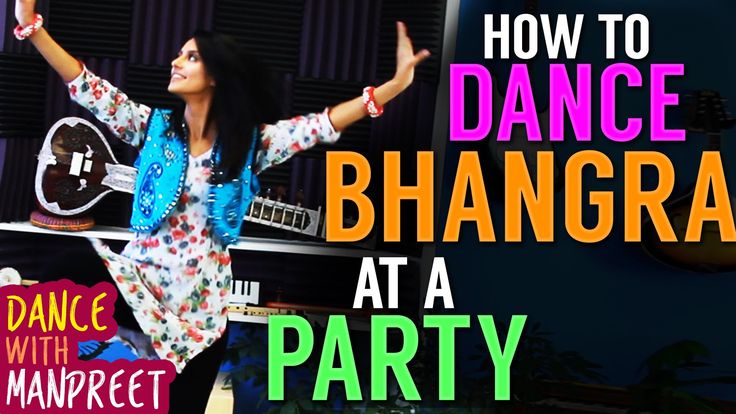 How you feel on the inside is much more important than how you look from the outside. However, a few lessons at the La Danse dance club will help bring both indicators to a high level. Already at the first lesson, you can plunge into the atmosphere of the Caribbean Islands, feel the spirit of adventure and secrets hidden in pirate bays, hear the rhythms of sea waves in musical melodies, feel the sunshine in your soul, which, sometimes, is so lacking in the city on the Neva. Dance lessons are one of the best ways to travel. And the Caribbean dances at the La Danse club are perfect for this. How you feel on the inside is much more important than how you look from the outside. However, a few lessons at the La Danse dance club will help bring both indicators to a high level. Already at the first lesson, you can plunge into the atmosphere of the Caribbean Islands, feel the spirit of adventure and secrets hidden in pirate bays, hear the rhythms of sea waves in musical melodies, feel the sunshine in your soul, which, sometimes, is so lacking in the city on the Neva. Dance lessons are one of the best ways to travel. And the Caribbean dances at the La Danse club are perfect for this. |
| Mon | W | Wed | Thu | Fri | Sat | Sun | |
|---|---|---|---|---|---|---|---|
| 20:00 | Caribbean Dancing Monday: 20:00 Enrolling Adults Enroll | Caribbean Dance Wednesday: 20:00 Enrollment Adult Enroll | Salsa Thursday: 20:00 Classes in progress Adults Sign up |
Typical Caribbean dances: from salsa to bachata
The typical dances of the Caribbean region have their roots in the past. We call it a vast territory, which includes several peoples, washed by the Caribbean Sea itself and also the islands surrounded by this part of the Atlantic Ocean. Among the first Mexico , Colombia , Nicaragua o Panama , while regarding the latter, we can mention nations like Cuba (if you want to know more about the customs of this country click here), Dominican Republic o Jamaica .
We call it a vast territory, which includes several peoples, washed by the Caribbean Sea itself and also the islands surrounded by this part of the Atlantic Ocean. Among the first Mexico , Colombia , Nicaragua o Panama , while regarding the latter, we can mention nations like Cuba (if you want to know more about the customs of this country click here), Dominican Republic o Jamaica .
Thus, the typical dances of the Caribbean region are those performed in this vast territory. At present, they are the result of a synthesis of three influences: native, Spaniards and Africans, the latter were brought there by those who persecuted slavery. In fact, many of these dances were held at the end of a hard day's work by both slaves and free laborers. But, without further ado, we will tell you about these rhythms. a large number of them that exist .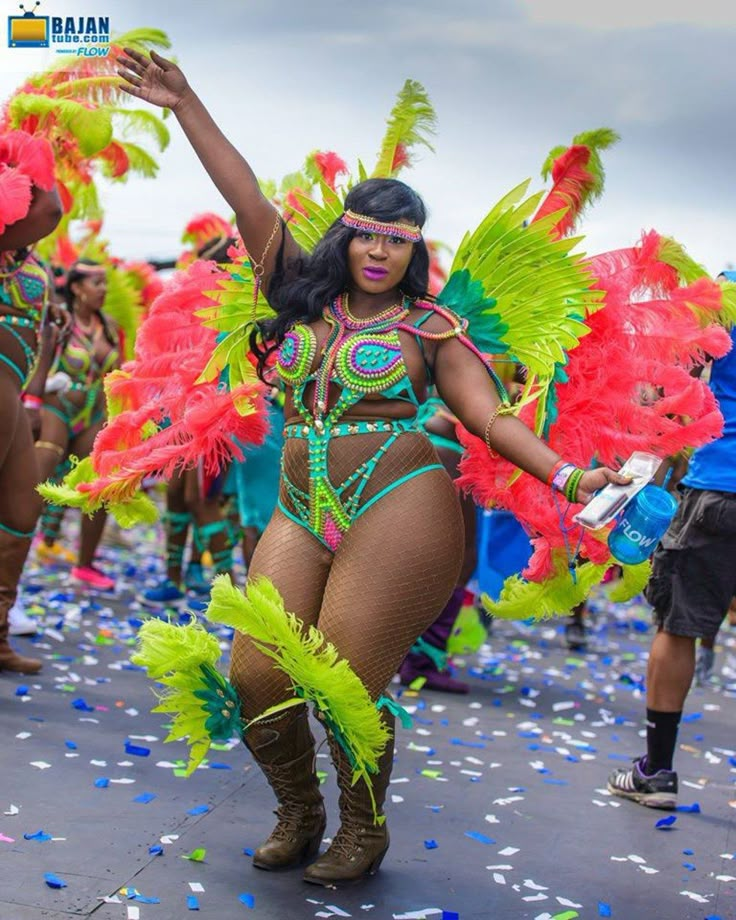 For example, the so-called they are in black , originally from the island of Santa Lucia; in puya Colombian sexteto or oni palenquero or tamborito born in Panama. But, given the impossibility of dwelling on all these dances, we will tell you about the most popular of them.
For example, the so-called they are in black , originally from the island of Santa Lucia; in puya Colombian sexteto or oni palenquero or tamborito born in Panama. But, given the impossibility of dwelling on all these dances, we will tell you about the most popular of them.
Salsa, a typical Caribbean dance
Salsa, a typical Caribbean dance par excellence.
Interestingly, the most typical Caribbean dance became popular at New York from the sixties of the last century. It was then that Puerto Rican musicians led by Dominicans Johnny Pacheco made him famous.
However, its origin goes back to the Caribbean and in particular to Cuba . In fact, both its rhythm and its melody are based on the traditional music of this country. In particular, its rhythmic pattern comes from son cubano and the melody was taken from son montuno .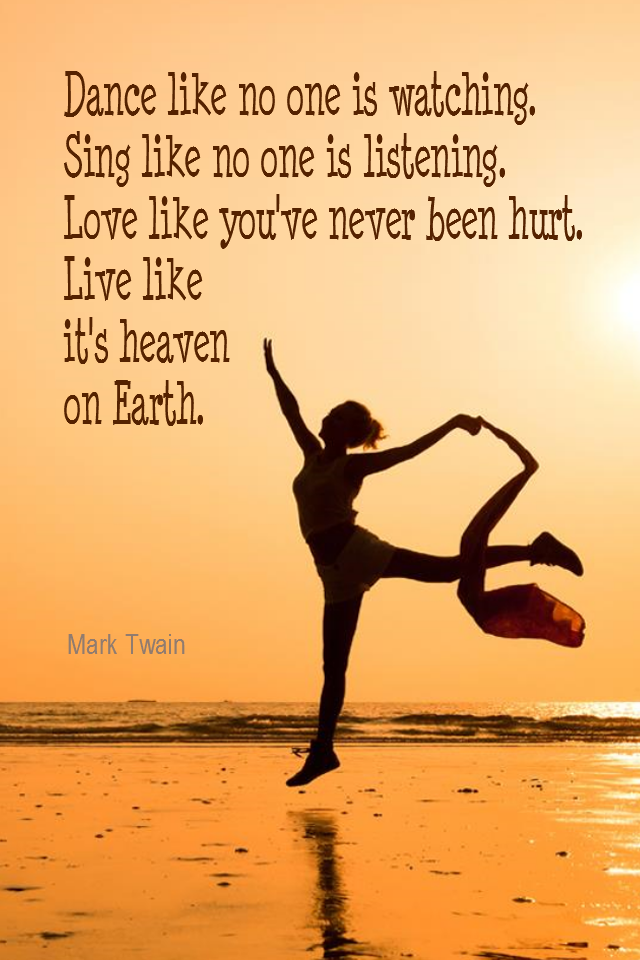
Also Cuban - many of his instruments. For example, bongos, pilas, guiro or cowbell which are complemented by others such as piano, trumpets and double bass. Finally, its harmony comes from European music.
Merengue, Dominican contribution
Dominican meringue
Merengue is the most popular dance in Dominican Republic . It also came down to US of the last century, but its origin goes back to the nineteenth and is unclear. So much so that there are several legends about it.
One of the most famous says that a great local hero was wounded in the leg while fighting the Spaniards. Upon returning to the village, the neighbors decided to throw a party for him. And since they saw that he was lame, they decided to imitate him while dancing. As a result, they dragged their feet and moved their hips, two typical features of meringue choreography.
True or not, this is a beautiful story. But the fact is that this dance became one of the most popular in the world, so it was declared Intangible Cultural Heritage of Humanity UNESCO.
Perhaps more real is the tradition that connects its origin with the peasants of the region El Cibao that they were going to sell their products to the cities. They lived in an apartment, and one of them was named Perico Ripao. That's where they had fun doing this dance. From here the area was called at that time exactly Perico Ripao .
As for his music, it is based on three instruments: accordion, guira and tambora. Finally, it is curious that the main person responsible for the improvement and development of meringue was a dictator. Rafael Leonidas Trujillo , all the fans of this are those who created schools and orchestras to promote it.
Mambo and its African origin
Mambo performers
Among the typical dances of the Caribbean region, it was developed in Cuba . However, its origin is attributed to African slaves who arrived on the island. In any case, the modern version of this dance is due to Arcagno Orchestra in the thirties of the last century.
Bearing Cuban danzón , sped it up and brought syncopation to the percussion, adding genre elements Montuno . However, it would be the Mexican Damaso Pérez Prado who would popularize the mambo all over the world. He did this by increasing the number of players in the orchestra and adding typical elements of North American jazz such as trumpets, saxophones and double basses.
The peculiar Contrapunteo also made the body move in time with it. Already in the fifties of the twentieth century, several musicians transferred mambo to New York making it a true international phenomenon.
Cha-cha
Cha-cha dancers
Also born in Cuba , it is his origin that should be sought in the mambo effect. There were dancers who did not like the frantic rhythm of the dance transmission of Perez Prado. So they were looking for something more peaceful, and that's how cha-chai was born with its calmer tempo and catchy melodies.
It is his creation that is attributed to the famous violinist and composer. Enrique Jorrin , which also emphasized the importance of words in the performance of the entire orchestra or soloist.
According to experts, this music combines the roots of Cuban danzon and his own Mambo , but changes its melodic and rhythmic perception. In addition, he introduces elements of tartan from Madrid. As for the dance itself, it is said that it was created by a group that staged it at the Silver Star Club in Havana. His footsteps on the ground made a sound like three successive blows. And, using onomatopoeia, they dubbed this genre as "Cha Cha Cha" .
Cumbia, African heritage
Cumbia
Unlike the previous one, cumbia is considered the successor of African dances which took those who were sent into slavery to America. However, it also has native and Spanish elements.
Although today it is danced all over the world and people talk about the Argentine, Chilean, Mexican and even Costa Rican cumbia, the origins of this dance can be found in the territories of Colombia and Panama .
As a result of the synthesis we talked about, the drums come from their African base, while other instruments such as maracas, pito and gouache They are native to America. Instead, the clothing worn by the dancers comes from the ancient Spanish wardrobe.
But what we are most interested in in this article, namely dance as such, has truly African roots. It represents the sensuality and typical dance choreography that can still be found today in the heart of Africa .
Bachata
Bachata
This is also a real dance Dominican but has spread to the whole world. It originated in the sixties of the twentieth century from rhythmic bolero , although it also has influences from merengue and son cubano .
In addition, some of the typical instruments of these rhythms have been replaced for bachata. For example, the bolero maracas were replaced by guira , also belonging to the percussion family, and guitars .
Like many other dances, bachata was considered from the very beginning to be a dance of the simplest classes. It was then known as "Bitter Music" , which spoke of the melancholy that was reflected in their themes. It was already in the eighties of the twentieth century when this genre gained international distribution, until it was classified by UNESCO as Intangible Heritage of Humanity .
On the other hand, throughout its history, bachata has split into two sub-genres. AT Teknoamarg was one of them. It combined the characteristics of this dance with music created with electronic instruments while merging with other genres such as jazz or rock. His top performer was Sonya Sylvester .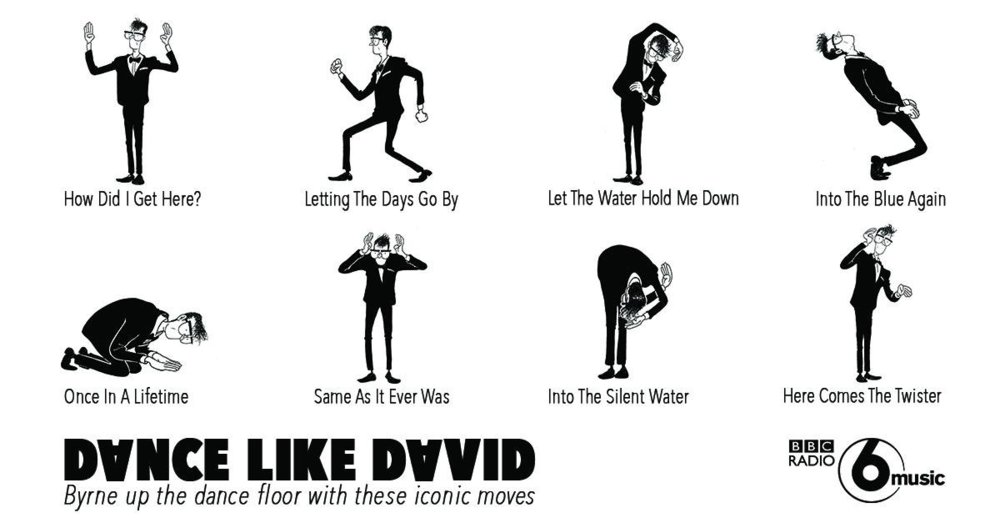
The second sub-genre is the so-called pink bachata , which has become much more popular all over the world. It is enough for us to tell you that his great figures are Victor Victor and, above all, Juan Luis Guerra to make you aware of it. In this case, it is combined with romantic ballad .
As far as the genre is concerned today, its greatest exponent is the American singer of Dominican origin. Romeo Santos , first with his group, Adventures , and now solo.
Other typical dances of the less popular Caribbean region
Mapalé translators
The dances we told you about are typical of the Caribbean, but they have gone beyond its territory and become known all over the world. However, there are other dances that have not been as successful abroad but are extremely popular in the Caribbean.
This is the case, leeks , whose origins lie in the territory of Colombia before the arrival of the Spaniards. It combines the influence of local pipers with African rhythms and has a distinctly seductive component. Nowadays it is a ballroom dance that has a rhythmic and festive rhythm. To dance this, they usually wear typical Colombian costumes. Also belongs to this type of dance fandango , which has nothing to do with its Spanish namesake. Originally from the Bolivian city Sucre , rapidly expanding to Colombian uraba . It's a happy hallway where, oddly enough, women carry candles to reject men's flirting.
It combines the influence of local pipers with African rhythms and has a distinctly seductive component. Nowadays it is a ballroom dance that has a rhythmic and festive rhythm. To dance this, they usually wear typical Colombian costumes. Also belongs to this type of dance fandango , which has nothing to do with its Spanish namesake. Originally from the Bolivian city Sucre , rapidly expanding to Colombian uraba . It's a happy hallway where, oddly enough, women carry candles to reject men's flirting.
More distinct African roots have mapalé . In this dance, the rhythm is set by the drums and the caller. Its origins were related to work, but today it has an undeniable festive connotation. This is an energetic and bright dance, full of exotics.
Finally, let's talk about Bullerengue . Like other typical Caribbean dances, it includes dance, song and melodic interpretation. The latter is carried out only with drums and palms.
